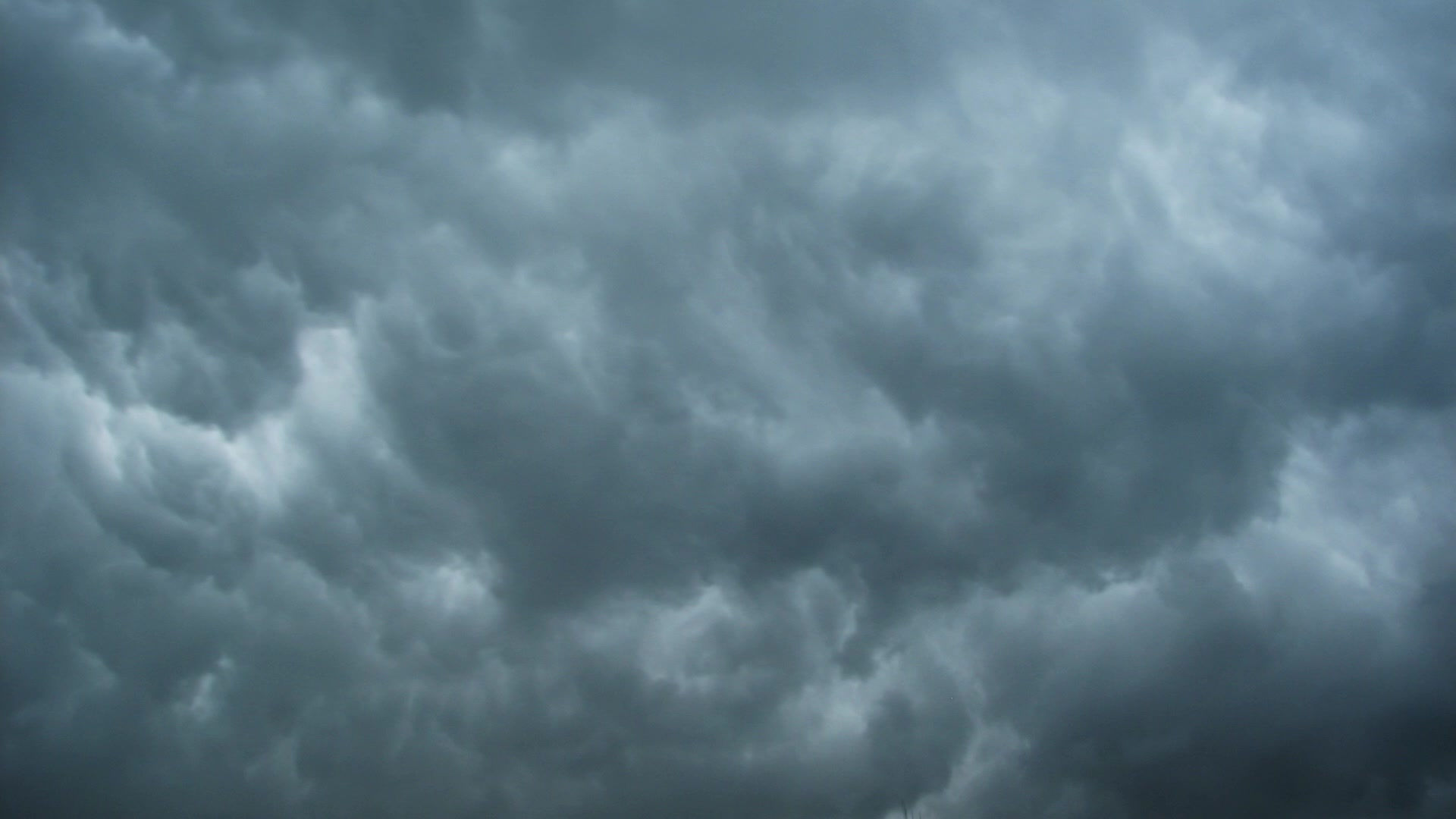
Research into 4 Directors
David Fincher
Background
When he was 18 years old he went to work for John Korty at Korty Films in Mill Valley. He subsequently worked at the 'Industrial Light and Magic' company from 1981-1983. Fincher left 'ILM' to direct TV commercials and music videos after signing with N. Lee Lacy in Hollywood. He has made huge success in film making with Se7en (1995), Fight Club (1999) and, Panic Room (2002).
Trademarks
His films often have low-key lighting with green or blue tinted colour temperature. I find this interesting as it creates a speculation of mystery and dullness. This could create enigma in the my piece, so i may think about experimenting with different tints and styles. His shots usually consist of wide and low angle shots showing power or authority. I like this as it emphasises protagonist and antagonist's roles in the film. Almost all of his camera compositions are static or highly controlled camera movement and he rarely uses a handheld camera. Interestingly his films often include a single handheld scene, Gone Girl (2014) exactly one handheld shot through out the whole film. This is a very interesting trade mark Fincher uses and it is very clever. If only one shot is handheld out of the whole film, it subtly shows the viewer that that particular shot is one of the most exciting or important part of the film, and certainly stands out. I will include this in my production.

Christopher Nolan
Background
Over the course of 15 years of film-making, Nolan has gone from low-budget independent films to working on some of the biggest blockbusters ever made. The turning point in Nolan's career occurred when he was awarded the chance to revive the Batman franchise in 2005. In 2008, Nolan directed, cowrote, and produced The Dark Knight (2008) which went on to gross more than a billion dollars at the world-wide box office. In 2010, Nolan captivated audiences with sci-fi thriller Inception (2010), which he directed and produced from his own original screenplay.
Trademarks
Christopher begins his movies and introduces his main characters with a close up of their hands performing an action. This creates a form of suspence and mystery as we do not see their actual identity, making the viewer question who they may be. Also, his opening scenes are usually a flashback or a piece of a scene from the middle or ending of the movie. For my opening scene, i may want to do this as flash backs can be very effective, especially if done with a tint or a perfect soundtrack. The original scores of his films usually play over most of the film, or one piece of music will play over many small scenes, as if they are edited in a montage; there are few moments in his films when there is no music playing in the background. This can be very effective if the visuals are effective as it creates a theme of darkness and stillness through the scilence, causing enigma and suspense

Background
Spielberg is one of the most influential film personalities in the history of film. He is perhaps Hollywood's best known director and one of the wealthiest filmmakers in the world. Spielberg has countless award winning, intelligent films to his name, as producer, director and writer.
Steven Spielberg was born on December 18, 1946, in Cincinnati, Ohio. As a child he was an amateur film maker. He then went on to become the enormously successful and Academy Award-winning director of such films as catch me if you can. In 1994, he co-founded the studio DreamWorks which was purchased by Paramount Pictures in 2005.
Trade marks
Steven has many trademarks that i may like to include in my production. One of which is that he Uses powerful flashlights in dark scenes e.g in Jurassic Park. The outline of the beam is often made visible through dust, mist, or fog. I find this very effective in his films, and i could include it in my project to create enigma and suspense as it is a thriller. He also makes his actors stare at something, usually something off-camera. This obviously creates a sense of mystery and curiosity to the viewer. I may use this in my production, for example, my protagonist may see a dead body or something equivalent, which may be effective to the viewer. A common theme in many of his films is ordinary people who discover something extraordinary - people, places, creatures etc. I like this idea very much and think i could base my whole thriller on this idea of someone finding a unexpected thing.
Steven Spielberg

Alfred Hitchcock
Background
It was around 1920 when Hitchcock joined the film industry. Hitchcock had his first real crack at directing a film, start to finish, in 1923 when he was hired to direct the film Number 13 , though the production wasn't completed due to the studio's closure. Hitchcock made his first trademark film in 1927, The Lodger.
Trademarks
Hitchcock likes to insert shots of a woman's hairstyle, frequently in close-ups. If my protagonist in our thriller is a women i may use this trademark as it adds a bit of mystery as you cannot see the persons face- this could be very effective. In order to create suspense in his films, he would alternate between different shots to extend cinematic time. for example in his driving sequences, they would typically alternate between the character's point of view while driving and a close-up shot of those inside car from opposite direction. This technique kept the viewer 'inside' the car and made any danger encountered more richly felt. His actors distinctively spoke in a slow way, dark humour and dry wit, especially regarding murder. I will remember this when deciding my dialogue for the thriller, as i feel it adds a great amount of suspense
